Here at DC Histories, we try to make sense of the continuity that perplexes, befuddles, and intimidates. We discuss what worked and what didn’t. This week, we’re talking about the the dimension where Kryptonian criminals are sent, the Phantom Zone.
The Phantom Zone first appeared in 1961 when a mysterious box crash-landed near the town of Smallville. When Superboy arrived on the scene to examine the box, he found it was full of Kryptonian weapons collected by his father, Jor-El. Kryptonian relics, cave men, and family members seemed to make their way to Earth with alarming regularity in the Silver Age and this box didn’t really faze Superboy too much. The weapons in the box had been deemed to be too powerful to be allowed to remain on Krypton, so Jor-El had collected them and shot them into space. Luckily, they landed on Earth and Superboy gained control of them. Among these weapons was the Phantom Zone Projector, a device which could send anyone or thing caught in its beam into a mysterious dimension called the Phantom Zone. This device was used to contain Krypton’s most dangerous criminals. Inside the Zone, no one ages but they they have years to think about their crimes. Superboy gained first hand knowledge about it the hard way when he was accidentally sent into the Zone by a lizard.
In this original story, the Phantom Zone wasn’t really much of a dimension. It simply made whomever was bathed in its light incorporeal. Superboy could still see and experience life on Earth. He just couldn’t interact with it. Luckily, his random power of super-telekinesis (a power that he would never show to have again) allowed him to communicate with Jonathan Kent, who freed the young hero. Superboy kept the Phantom Zone Projector afterwards for fear of it falling into the wrong hands.
Superboy would come to use the Projector just a few months later. When a superpowered teen fell to Earth, Superboy thought that he’d found another Kryptonian with whom to spend his days. Naming his amnesiac new friend Mon-El, Superboy attempted to bring his friend into both the Kryptonian and human ways of life. Unfortunately, when Mon-El became exposed to lead, he weakened and began to die. Distraught, Superboy realized that Mon-El was a Daxamite, a race which shared ancestors with Kryptonians, but who suffered from acute and fatal lead-poisoning. Knowing that he couldn’t save Mon-El, Superboy sent his friend to the Phantom Zone until a cure could be found.
Superboy wouldn’t be able to save his friend. Only the advanced science of the Legion of Super-Heroes in the 30th Century were able to cure Mon-El’s condition, meaning that the poor boy was trapped in the Phantom Zone for a thousand years.
A few years later, a more complete history of the Phantom Zone’s origins was shown. It was revealed that Jor-El was the scientist who had discovered the Phantom Zone and who had created the Phantom Zone Projector to bring Kryptonians into and out of that dimension. After long thought about what to use the Phantom Zone for, Jor-El pitched the device as a method of punishment against Krypton’s most villainous citizens.
Everyone agreed with Jor-El and criminals started being sent into the Zone almost immediately. Most had sentences lasting for several decades though some, like General Zod who had attempted to overthrow Krypton’s government, were sent into the Phantom Zone until the end of time.
Throughout the Silver Age, the Phantom Zone was used by the bottle city of Kandor to deal with their criminal element. It was an escape-proof jail and it worked for this city of small Kryptonians.
When Krypton exploded, the criminals in the Phantom Zone weren’t let out at the end of their sentences. They had to remain in the vast expanse of nothingness the Zone provided. Those people in the Phantom Zone could, with great concentration, mentally contact certain people in the real world but these brief moments of connection came after great strain. They didn’t last long. Mostly, people in the Phantom Zone could only float around in a purple haze and watch the world go on about its life.
In 1982, every evil Kryptonian in the Phantom Zone was released thanks to their underhanded dealings. The first thing they did, of course, was send Superman into the Phantom Zone to punish him for his uncaring ways. Thanks to the artistry of Gene Colan, readers saw a side of the Phantom Zone that they never had before. Instead of simply a purple mist, Superman’s adventures deep in the Zone showed that various beasts and unholy gods resided in the Zone, ready to devour the soul of anyone who came near. Luckily, Superman’s strength let him survive the gods’ attacks and allowed him to leave the Zone without the aid of the Phantom Zone Projector.
The Phantom Zone was mostly written off after the Crisis on Infinite Earths. After that story, DC editorial decreed that Superman was, literally, the Last Son of Krypton. Supergirl, Krypto, and the criminals of the Phantom Zone were completely written out of the story. Also written out was Superboy, which meant that Mon-El couldn’t have been placed in the Phantom Zone by a young Kal-El. However, Mon-El was still showing up beside the Legion. Various ways of explaining this screwy continuity were tried. Among them was the explanation that it was Conner Kent, the clone of Superman who went by the name Superboy, who had sent Mon-El into that shadow dimension.
Of course, in this story they say that it’s something called the Stasis Zone that Mon-El was put in, not the Phantom Zone. But a Zone by any other name smells just as sweet.
The same goes for the Zone found during Grant Morrison’s JLA run. Though it took on names like the Still Zone and the Ghost Zone, it was later shown that all of these Zones were just the Phantom Zone with a different name slapped onto it.
When an insane Superboy-Prime came to the main DCU during the events of Infinite Crisis, one of the ways that Earth’s heroes attempted to take the villain out was for the latest Speedy to shoot at him with a special Phantom Zone Arrow she’d taken from the Fortress of Solitude. By this point, the Phantom Zone has worked its way back into continuity. You just can’t keep a good idea down. The Phantom Zone Arrow worked wonders, but only for a moment. Superboy-Prime proved to be one of the only beings in existence who could punch his way out of the Zone.
It should be noted that this issue of Teen Titans presents the Phantom Zone in its Superman: The Movie incarnation. The flat panel that Superboy-Prime finds himself trapped inside is straight out of the Richard Donner series of Superman films. Surprisingly, this isn’t the way that the Zone is most often represented in comics. Usually, it’s the purple mist and the ghost-like figure look that represents the Zone.
During 52, a cornered Rip Hunter and Booster Gold attempted to send a Mr. Mind-possessed Skeets into the Phantom Zone. Unfortunately, the little worm managed to suck the Zone’s very essence into itself and began to use the Zone offensively. Only with the help of Booster Gold’s family member Supernova were our heroes able to help turn the tide of a weaponized Phantom Zone.
Shortly thereafter, the Phantom Zone got a bit of a makeover. While diving into the Phantom Zone to rescue Zod and Ursa’s son, whom Superman had taken to calling Christopher Kent during the young man’s time outside of the Zone, Superman swam through some interesting art. In this latest Zone incarnation, 3-D glasses given to the reader were used to convey the strange extra-dimensionality that the Zone possessed. It was a fun and unique way to present this location.
Thanks to the various Crisises, Mon-El story got changed again. Now, as it was originally, a young Clark Kent sent Mon-El into the Phantom Zone when he became stricken with lead poisoning. However, around the time that New Krypton was created from the remnants of the city of Kandor, Superman pulled Mon-El from the Phantom Zone just as the Zone began to collapse.
The 31st Century’s Legion was able to give Superman a antidote for Mon-El’s lead poisoning, meaning that the young man was free to live in the world again. Mon-El would eventually take Superman’s spot in Metropolis when the Man of Steel decided to live on New Krypton.
By the end of the New Krypton storyline, things had gone pear-shaped for the city and the new world it had created for itself. After being destroyed by the efforts of Lex Luthor, General Lane, and Brainiac, New Krypton was avenged by the likes of General Zod, Ursa, and Non. These three criminals had been released from the Phantom Zone in order to protect the new grown Kandor. The only way that Superman and his family were able to stop their rampage on Earth was to send these three Kryptonians into a newly-restored Phantom Zone. It’s simply the best way to deal with violent Kryptonians.
The Phantom Zone has already appeared in the New 52. When Superman flashed back to his time on Krypton, he remembered seeing that his father had invented the Phantom Zone there. Though Jor-El originally planned on sending as many Kryptonians into the Zone as possible so that they would survive the coming apocalypse, the Zone broke as the criminals inside struggled against their containment. Krypto, Jor-El’s dog, leaped into the Zone to keep them inside before they could escape confinement.
Today, the Phantom Zone returns to the grown-up Superman’s life. Here’s hoping the return of the Zone includes the return of Krypto. Perhaps this adventure will also include the return of several Kryptonian villains confined by the Phantom Zone.
Jeff Reid finds it very weird that Jor-El appeared to invent everything that mattered on Krypton. The rest of the Science Council was totally coasting on Jor-El’s coat tails. Jor-El probably invented Twitter.



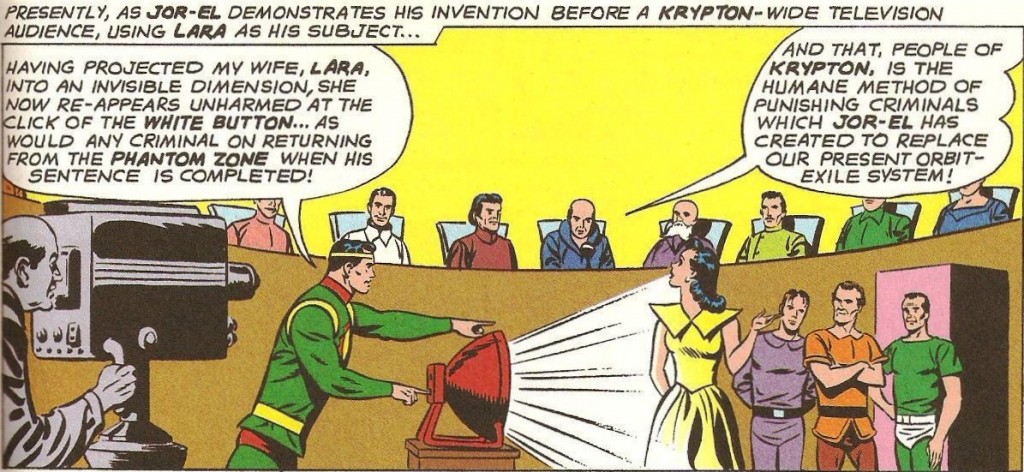

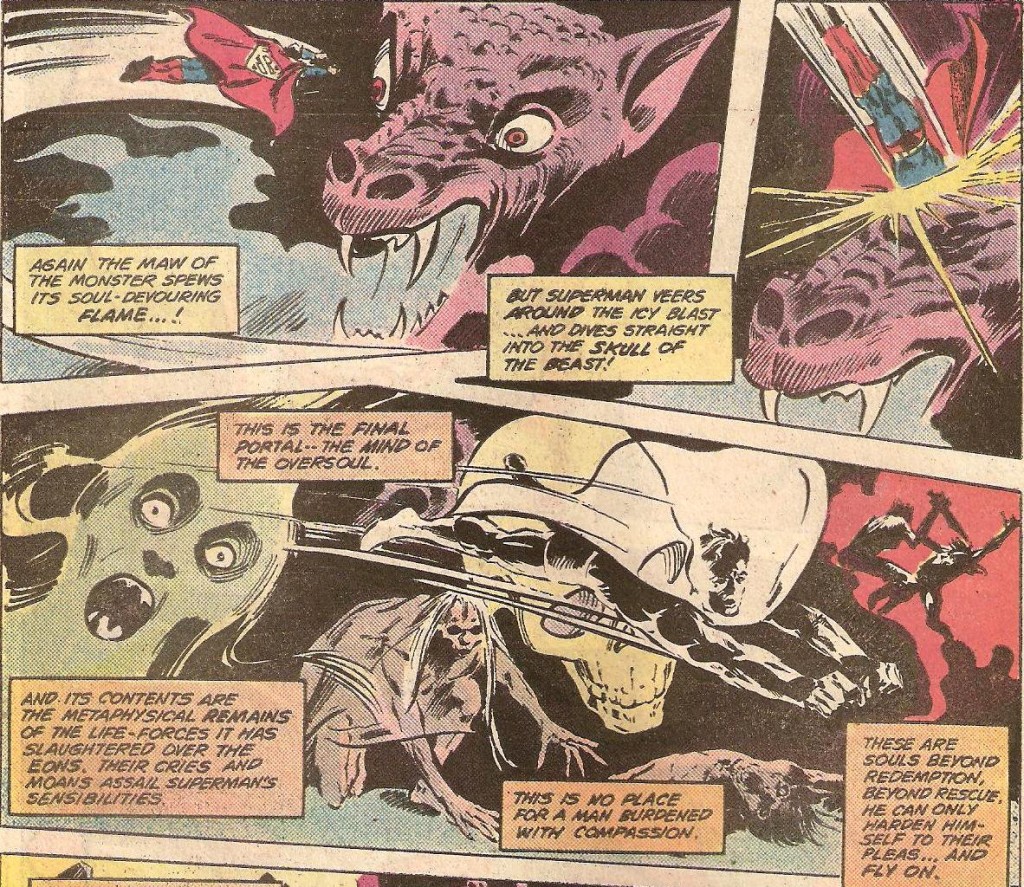

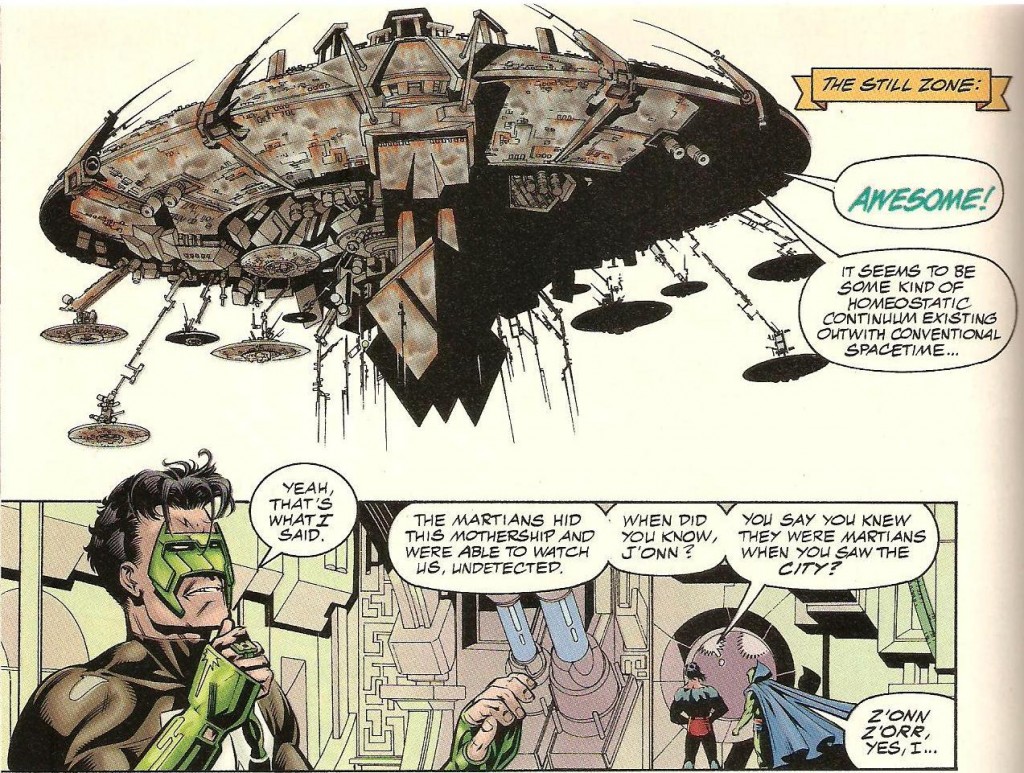
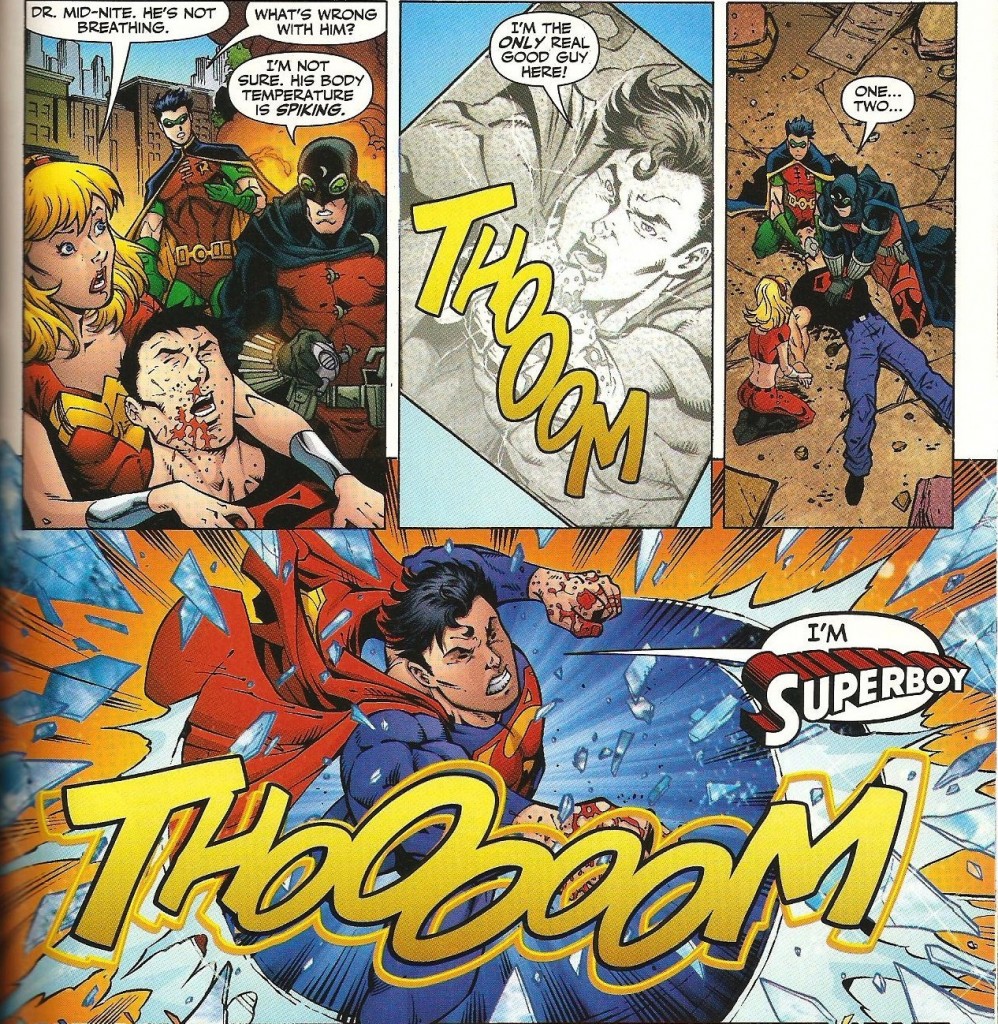
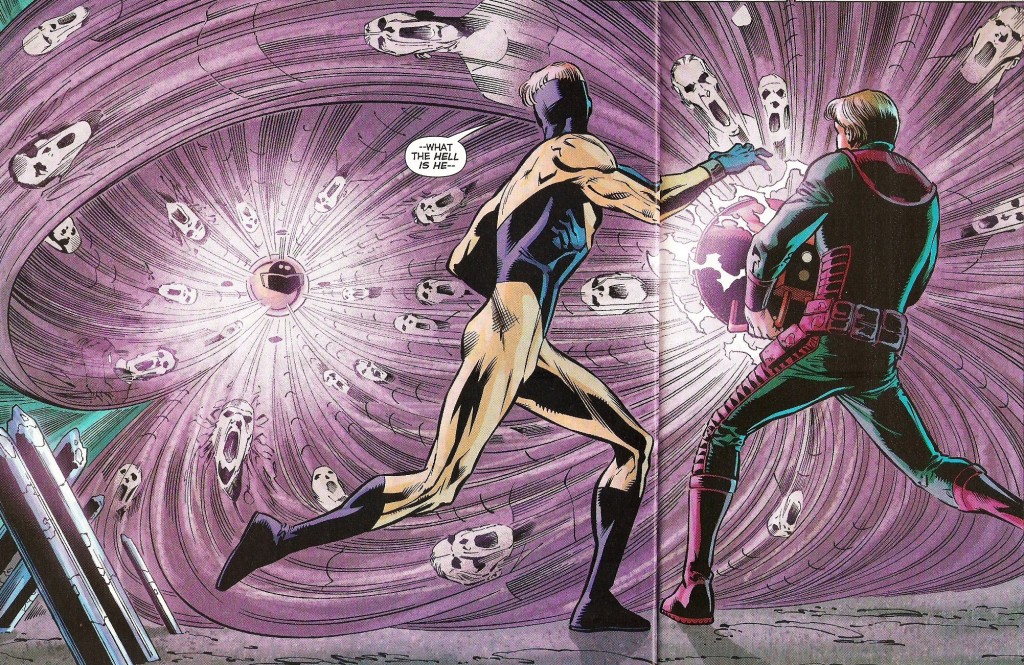
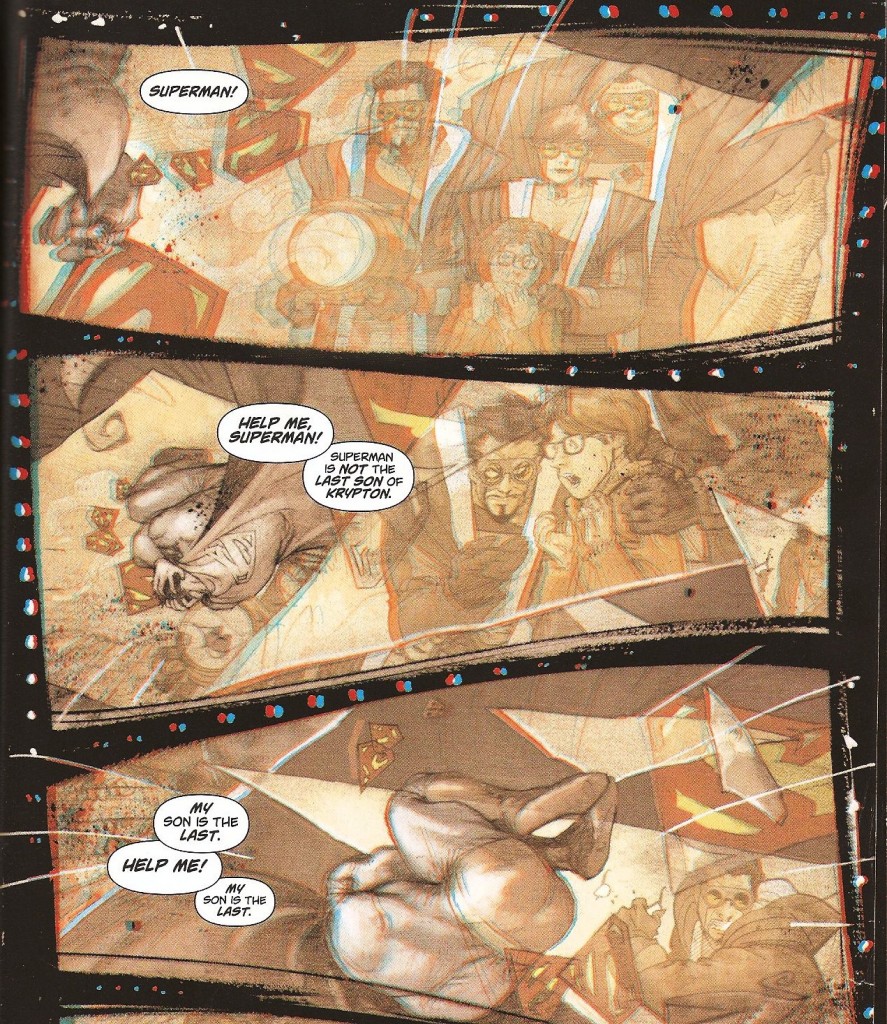


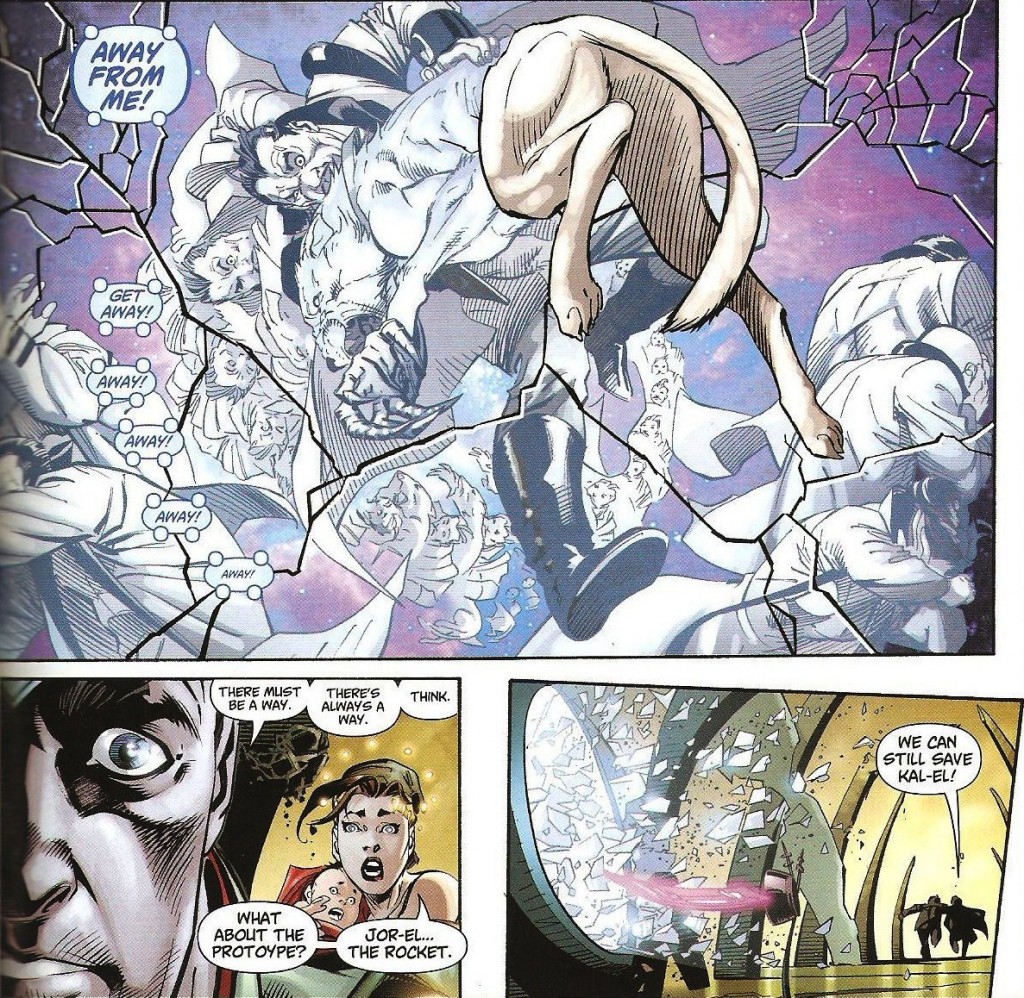


Great piece. It’s criminal that the Phantom Zone mini has never been collected – just amazingly intense work.
Could I request a Mon-El History? I’ve read some of his Valor run and I remember him filling in for superman during New Krypton. Not sure that I care about his time with Legion though…
Truthfully, I have a few blind spots when it comes to DC history and the biggest one is the Legion. I simply can’t keep track of who has what power, what planet they’re from, and which reboot is affecting which issue.
If you’re looking for good, non-Legion related Mon-El stories then I would certainly recommend the two things you’ve already mentioned. His Valor series from the early 90s and his time filling in during the New Krypton storyline were both pretty good, though I’ll admit to having only read three issues of Valor. His time covering for Superman has been collected in two trades and they’re worth your time.
nvm guess that would be rehashing a fair amount of this article. Maybe Jor-El?
Hold on there Tiger: What about that post crisis event that prompted Superman to leave Earth and go into space. You know, where he killed the three Krptonian villains. Was that set in the phantom zone, or was it a different pocket uninverse?
OH… Hold on A sec,.. I just realised that I slipped into the Nerd zone myself…. Trapped forever….Nooooooooooo! Curse you Reid! I will have my revengeeeeeeeeeeeeee….
Hahaha. You were right the second time. The three Kryptonians Superman killed (including a version of General Zod) were in a pocket universe and not the Phantom Zone. That was the same pocket universe where the Matrix Supergirl came from.